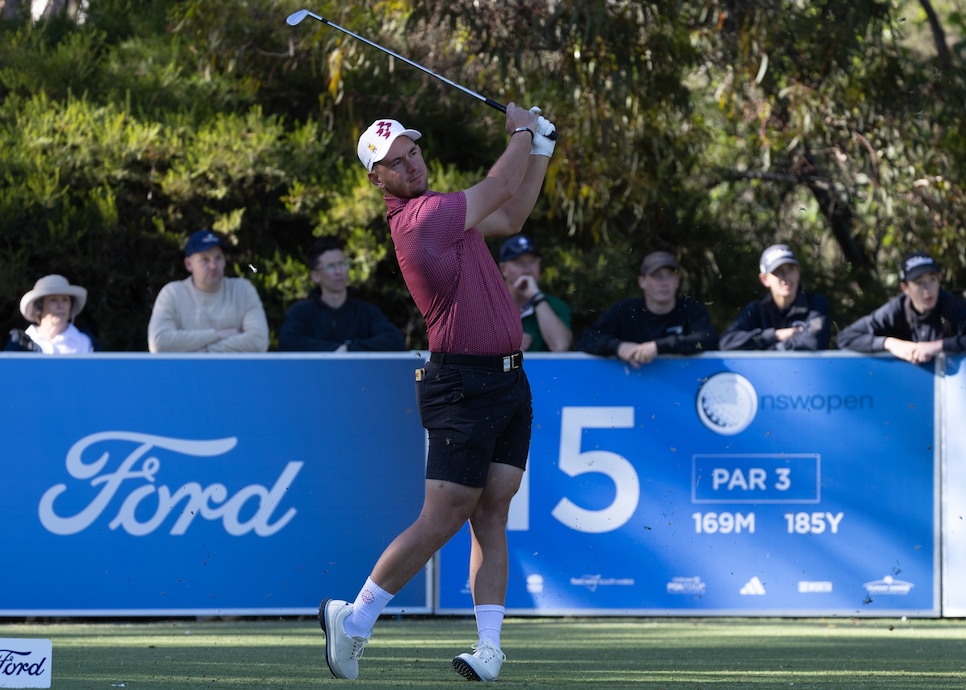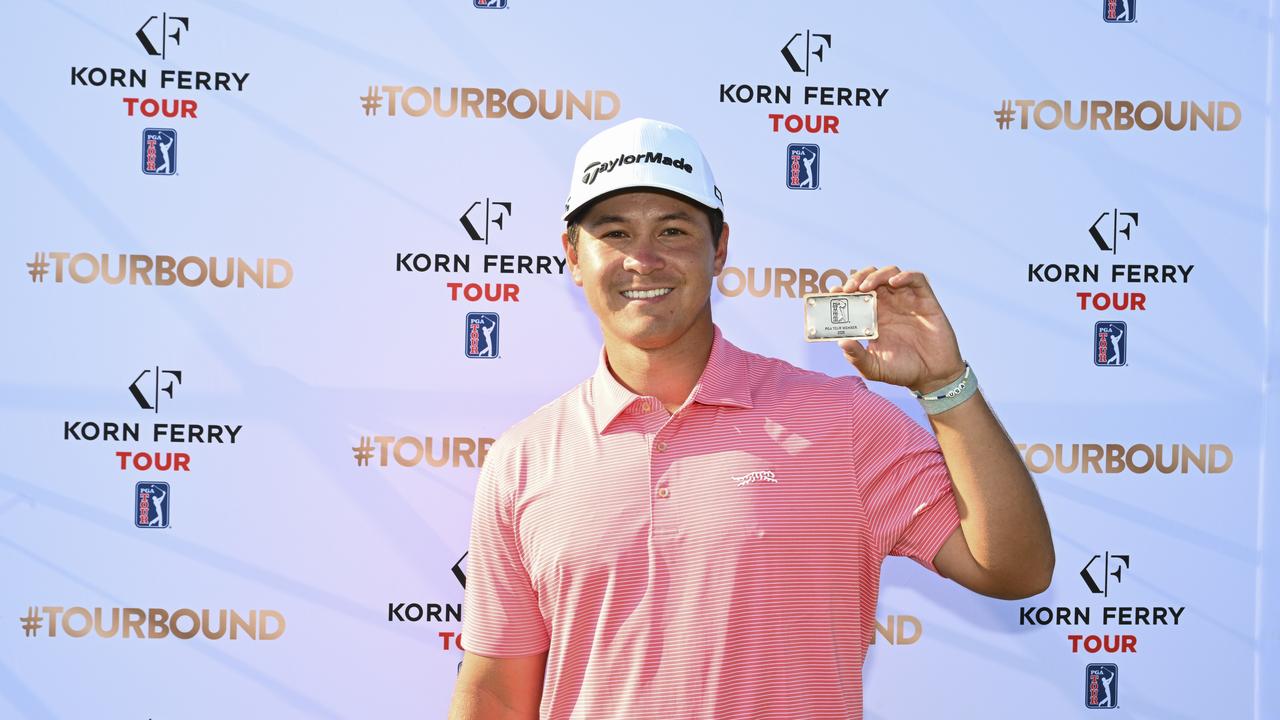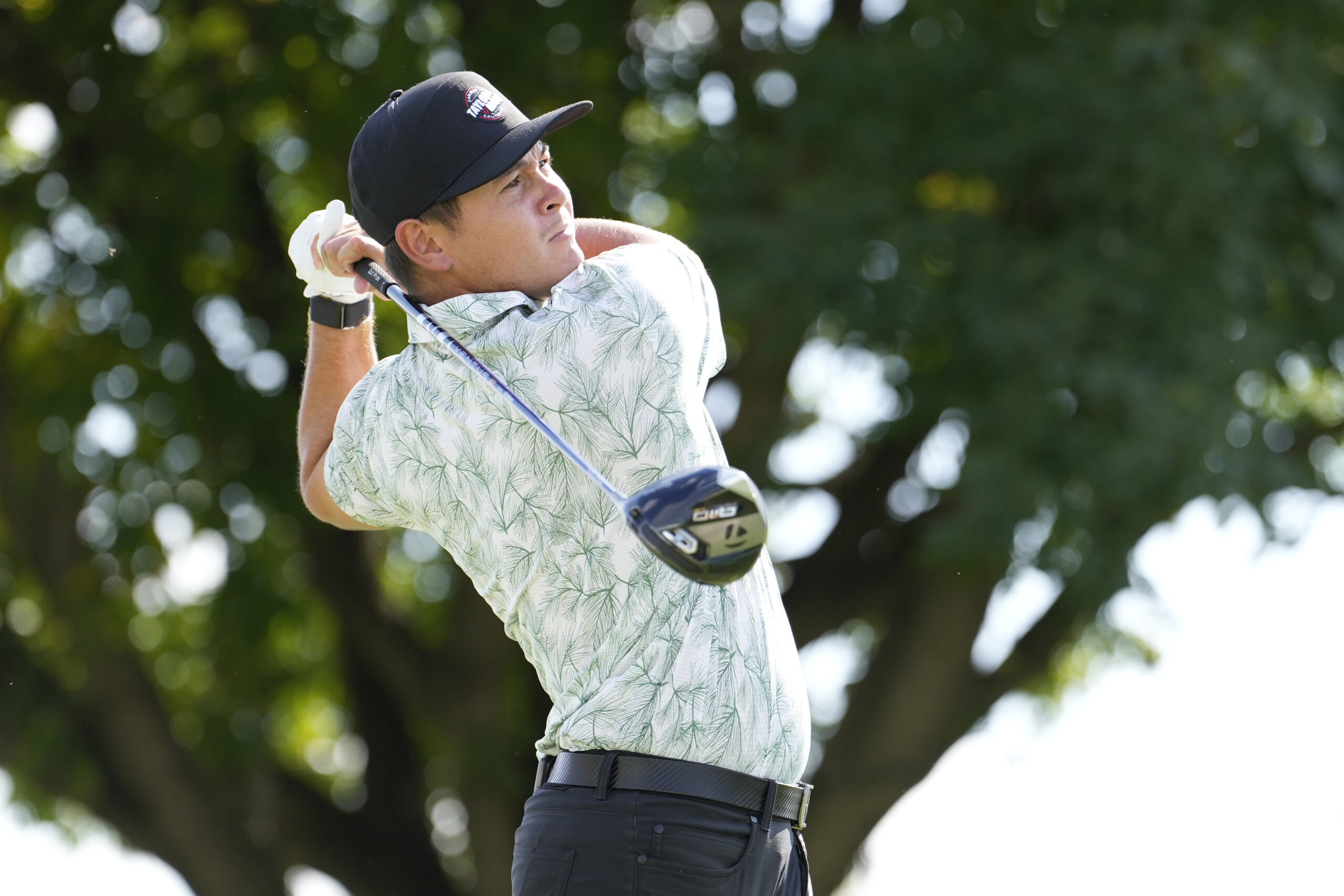TaylorMade P·7CB, P·770 irons: What you need to know – Australian Golf Digest

- by Admin
- July 31, 2024
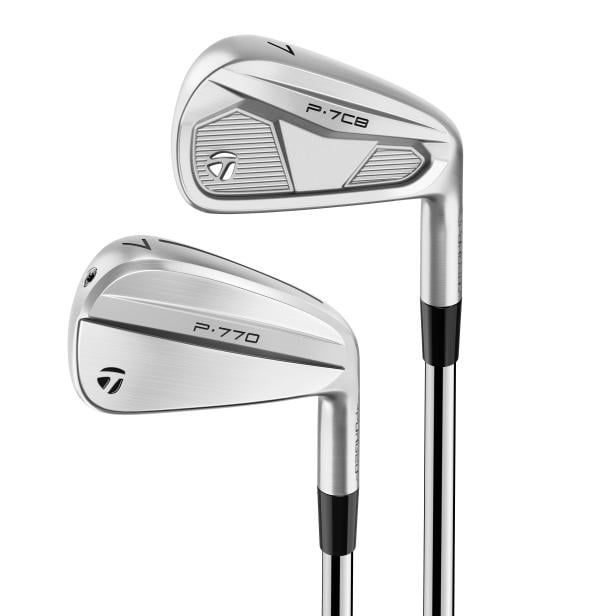
WHAT YOU NEED TO KNOW: TaylorMade launches two new irons directed at better players, the fresh single-piece forged cavity back P·7CB and a sleek aesthetic upgrade to the fast-faced P·770. But with better players’ demands in mind, both still offer distinct commitments to ball speed and forgiveness.
PRICE: P·7CB, P·770 both $1,400 (seven irons, 3-iron through AW available). P·7CB: 7-iron loft: 33 degrees, PW loft: 46 degrees, P·770: 7-iron loft: 33 degrees, PW loft: 45 degrees. Available for pre-order July 31, at retail Sept. 6.
P·7CB address
3 COOL THINGS
1. Hidden forgiveness. TaylorMade is identifying these two irons in the Players and what it calls the “modern players” categories. What that basically means is an emphasis on a compact shape, but when you’re trying to inject forgiveness into small spaces, it needs to be hidden. That’s exactly what’s going on here with both the P·7CB and P·770. On the forming, a unique bit of manufacturing takes the single piece forged 1025C head and late in the five-step forging process, cavities in the sole are milled out. Filling those cavities are heavy tungsten (up to 11 grams) to lower the center of gravity along with a slug of a lightweight metal matrix composite. That material is one-fifth the density of the surrounding steel, providing more opportunity to distribute the mass in a wider sole and perimeter weighting for the amount of forgiveness this player desires. That’s a significant movement from its predecessor, the P·7MC, said Matt Bovee, TaylorMade’s global category director for irons and wedges.
“These players want precision, they want workability, they want control but they are that certain type of golfer that just wants emphasis on forgiveness in the solid body design,” Bovee said. “So when you compare it to a P·7MC, what you’re going to see on the long irons is a little bit longer blade length, and a significantly wider sole. And the reason for this is we wanted to create something that was a little bit more forgiving, a little bit more stable through the turf. You could look at it as a slightly larger, significantly more forgiving version of an MC.”
Meanwhile, the P·770 takes the benefit of its hollow-body construction to provide more tungsten within the head (as much as 41 grams) to lower the center of gravity for more effective launch. Bovee said the tungsten is used to produce a consistent center of gravity location (height) through the set.
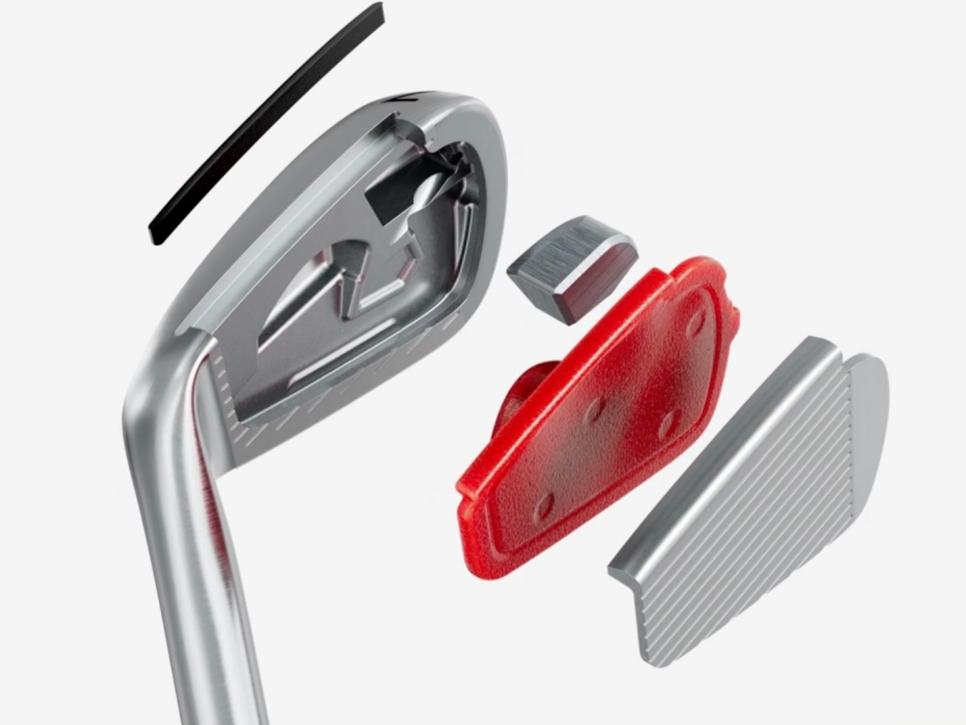
P·770
One additional effect of that controlled weighting is that the P·770 can be mixed more seamlessly with the P·7CB. The lofts are the same, but the mid- and long irons in the P·770 will provide easier launch while making up for some of that missing ball speed with the high-strength 4140 steel face insert. That insert wraps around the leading edge into the sole for more potential ball speed from impacts lower on the face.
P·770 address
2. Feeling forged. Both the P·770 and P·7CB feature forged technologies, but in different ways. The P·770’s forged part is the face insert, while the P·7CB is a single-piece forging. In both instances, the goal is to make extensive efforts to enhance feel. On the P·770, it isn’t about the forged face insert alone, but rather the combination of that part and the use of the Speedfoam Air material within the head. In addition, the “strategic placement” of structural ribs in the walls of the body paid noticeable dividends, Bovee said.
P·770
“It really comes down to going through every individual head with a fine-tooth comb,” he said. “Going through and doing modal analysis on every individual iron, understanding how that mass is placed inside, how that mass placement effects the sound and feel.
What’s interesting about the P·7CB is how the milled out channels in the sole house both tungsten and the metal matrix composite but still present a unified feel.
“When we put it through the forging press for the fifth and final step, all of these components get co-forged together so the metal shapes and forms around this so everything becomes one solid body using multiple materials,” Bovee said.
P·7CB
3. Shape shift. A key final component, but almost paramount in the designs, is how both the P·7CB and P·770 are imbued with a better-player influenced aesthetic. As Bovee said, the P·770 is no longer to be viewed simply as P·790 Jr. (although it features a similar system of interior tungsten weighting within the hollow body). It’s a workable iron with the key elements of a sole design it shares with the P·7CB. Included are thinner toplines through both models, as well as the narrow soles.
“We have gone through and completely redefined this leading edge geometry, specifically in the mid to long irons,” he said. “If you were to compare the previous version to this version, you’d see a leading edge that’s lower with the sharper radius. That’s going to allow it to get into the turf better.”
This article was originally published on golfdigest.com
The Latest News
-
November 14, 2024Australian Dollar falls after jobs report
-
November 14, 2024Australian dollar falls after jobs report – MarketPulse
-
November 14, 2024Australia to make big tech liable for citizens’ online safety
-
November 14, 2024Australian Robinson Elected New World Rugby Chairman
-
November 14, 2024Top 5 fields for international students to secure jobs in Australia – VnExpress International
